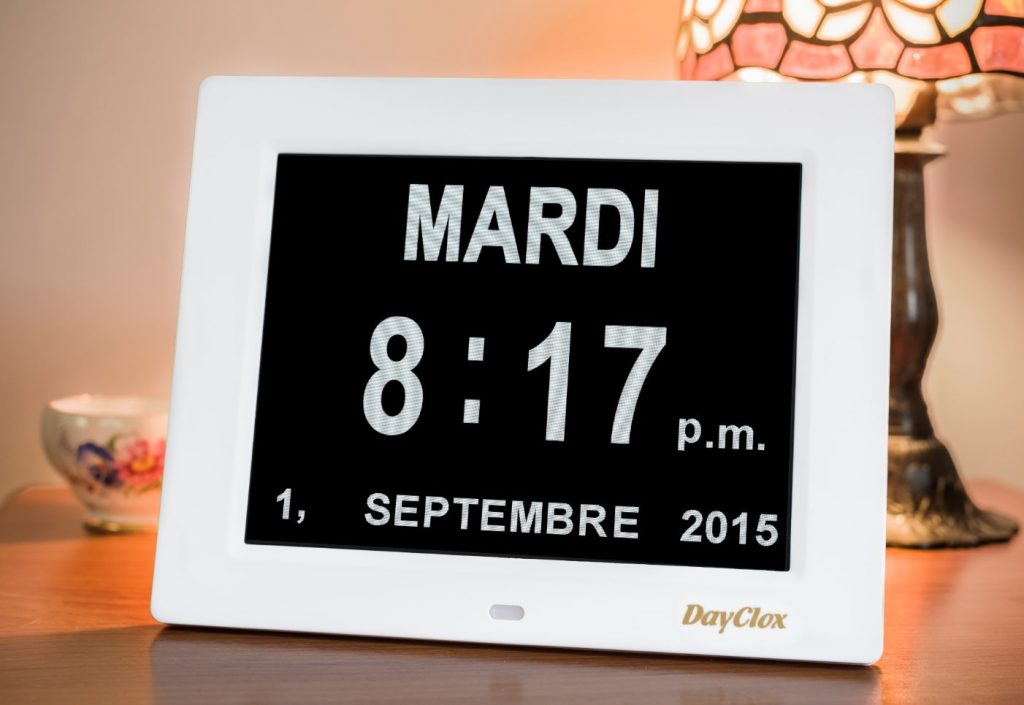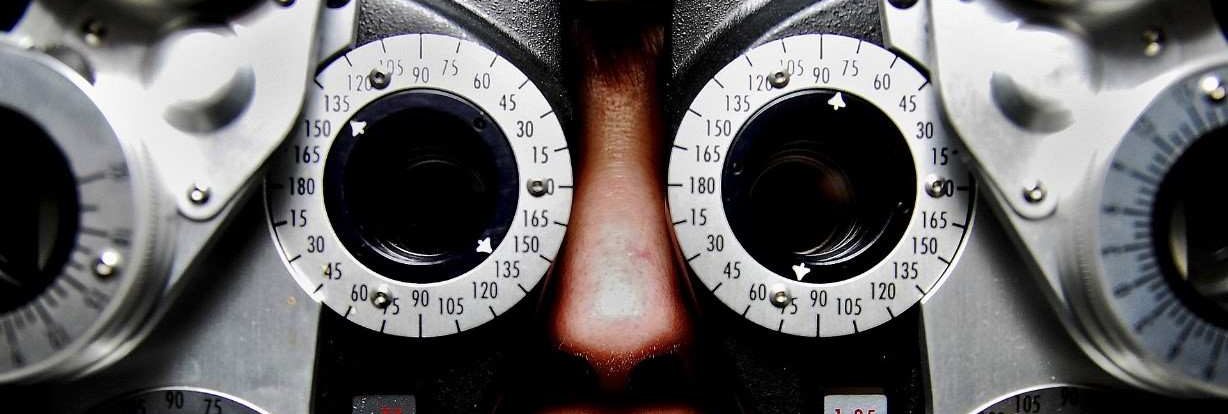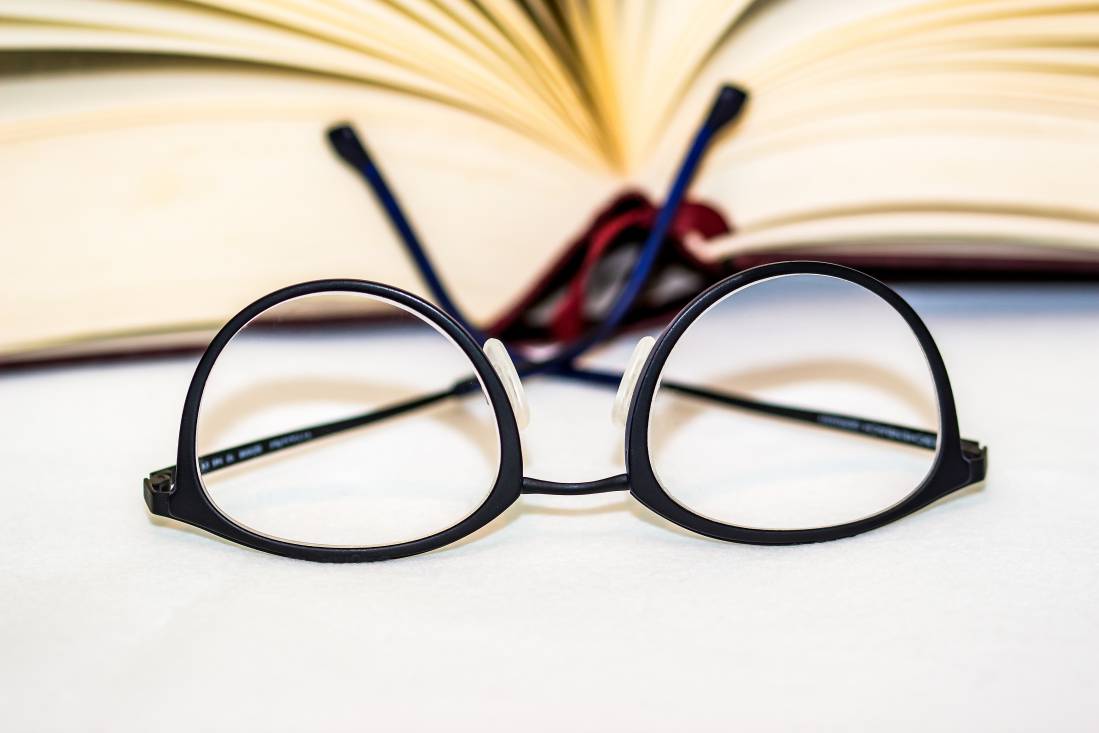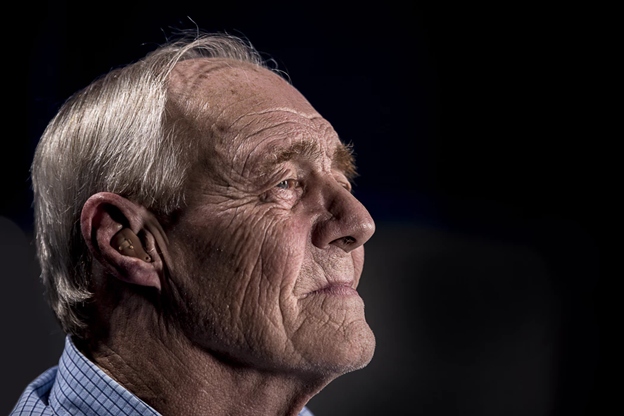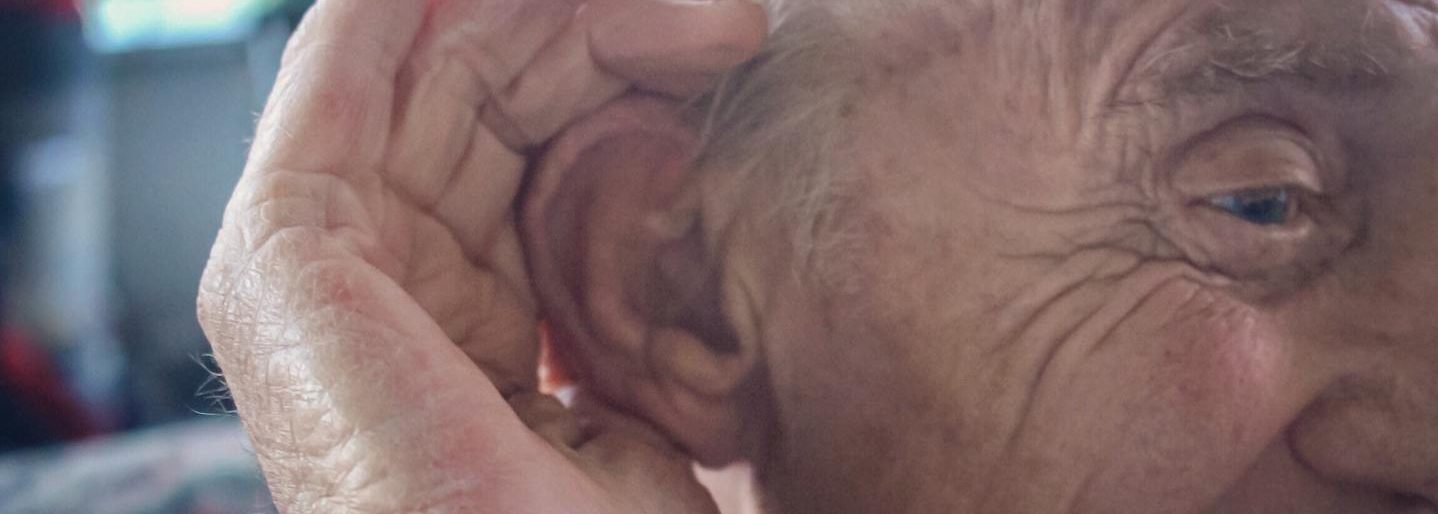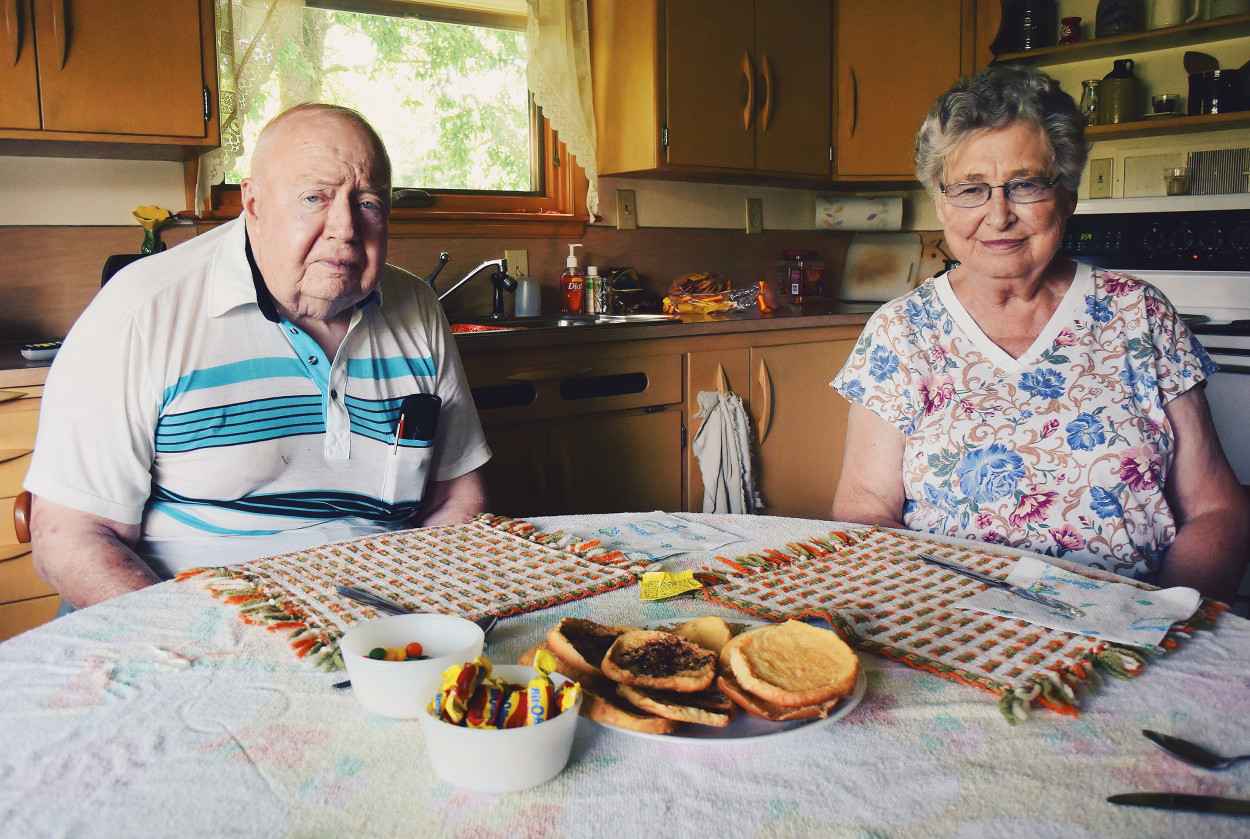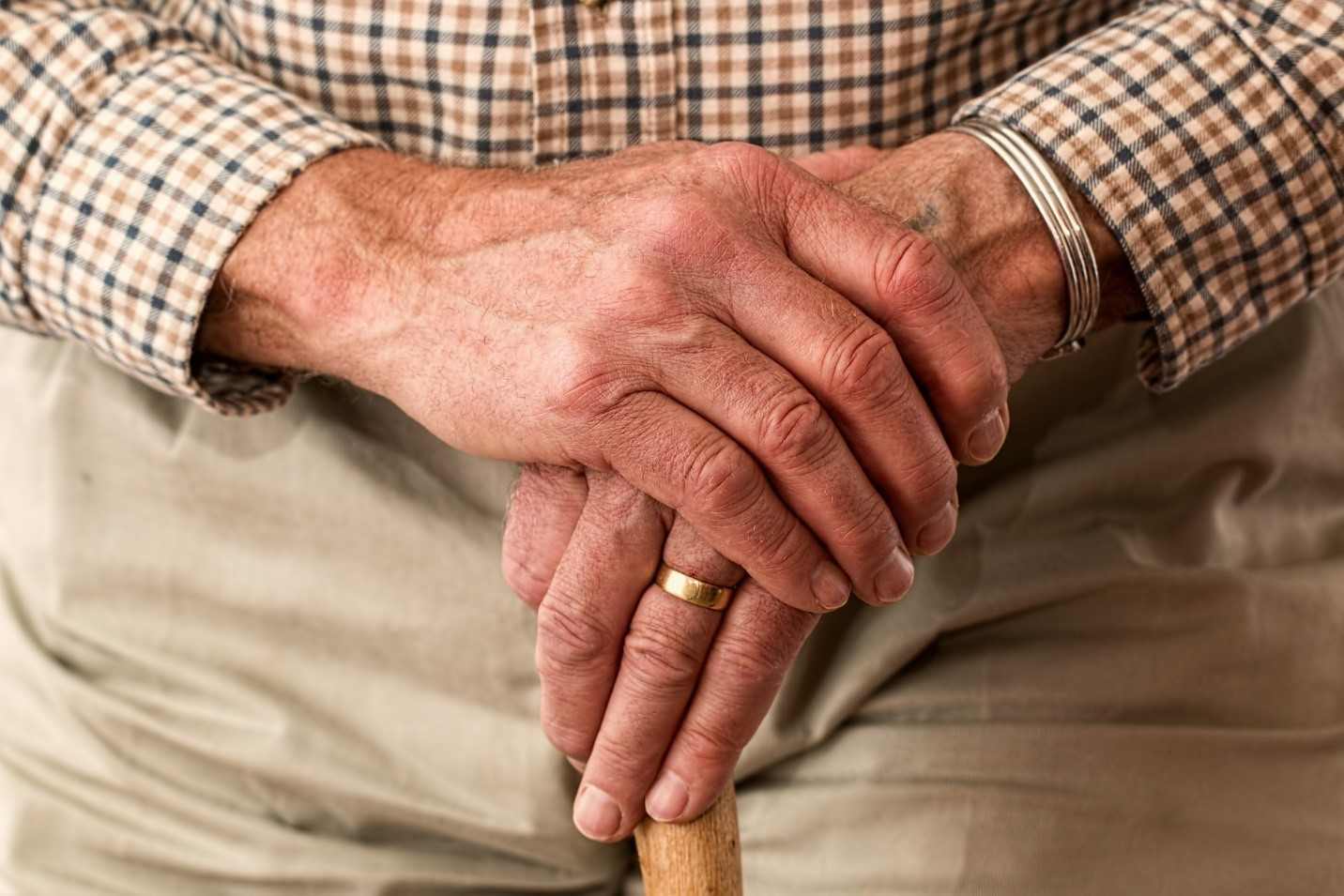
How Our Vision Changes as We Age
A decline in physical abilities as we age is expected. So too is a deterioration in eyesight. Some changes in vision, especially into our 60’s, are the result of normal aging (cataracts, dry eyes, and presbyopia). However, there are some eye conditions that are much more severe and can significantly affect an individual’s quality of life (glaucoma, macular degeneration, and diabetic retinopathy). It’s important to know and understand the differences between eye conditions, as many, if left undetected, can cause permanent blindness. Early diagnosis can reduce this risk and help with getting the proper eye care required so that you can see better and continue to complete daily tasks safely and independently. When making decisions about your eye care, it’s important to get assistance from the appropriate healthcare professionals, such as an optometrist or ophthalmologist.
What Are Some of the Effects on Our Vision Associated with Aging?
Natural aging causes changes to our vision. Some are slightly annoying as we are unable to see as crisply as we once did. Other changes to our vision are much more serious and can indicate the onset of a disease. Changes in vision may include:
- Trouble reading small text
- Longer time to adjust our vision from light to dark
- Greater sensitivity to bright lights and glare from sunlight
- Difficulty judging distances due to a loss of depth
- Inability to see sharp colors and contrasts
Early detection of visual impairment can reduce some of the risks associated with poor eye sight, such as falling, struggling to read for pleasure and necessity, or difficulty with night driving.
Cataracts
Individuals with cataracts will experience a clouding in the lens of one or both of their eyes. This affects vision as objects will not be seen as clearly as before. Officially, cataracts are considered an eye disease; however, because it affects around half of those aged 65+, it can be viewed as a natural part of aging. Treatment for cataracts can involve day surgery. It is a safe and effective way to treat cataracts. Vision can often be restored to up to 100% to what it was before cataracts.
Dry Eye
Dry eye occurs when your eyes can no longer produce tears naturally (lubrication) the way they used to. It can become irritating and frustrating especially when reading for prolonged periods of time or using a computer, as eyes will feel itchy and the desire to rub them can cause further irritation (puffiness and redness). Left untreated, dry eye can lead to a reduction in vision. Treatment options include over the counter and prescription medications. Protecting your eyes from light and the elements by wearing sunglasses can help reduce some of the symptoms.
Presbyopia
Presbyopia is when you begin to struggle seeing small print or close objects clearly. Most people naturally start to notice difficulty with this at around the age of 40, when the muscles in the eyes can no longer compensate. Presbyopia can get worse as we age. Most cases of presbyopia can be easily corrected with glasses (progressives, bifocals, and trifocals) and contact lenses.
Glaucoma
Glaucoma is an eye disease that damages the optic nerve in the eye and can result in a reduction of vision and blindness. Glaucoma is the result of elevated pressure in the eye. The chance of getting glaucoma increases each decade after you turn 40. Vision loss from glaucoma is permanent. Treatment includes eye drops, medication, laser surgery, or in some cases, a mixture of two or more.
Age-Related Macular Degeneration (AMD)
Age-related macular degeneration (AMD) is the chief cause of irreversible vision loss for people who are 60 years old or older. It occurs when the macula (central part of the retina) begins to weaken, causing fuzzy, distorted vision and the inability to see things in fine detail. There are two types of AMD: dry and wet. Options to delay vision loss include preventive and smoking cessation. For wet macular degeneration, intraocular injections (anti-VEGF) will slow the progression of the disease and can even improve visual acuity.
Diabetic Retinopathy
Diabetic retinopathy is one of the leading causes of blindness. It affects at least 40% of people with type 1 or type 2 diabetes over the course of the disease. Complications from diabetes damage blood vessels in the retina and this may cause eyes to bleed or leak fluid. There is strong evidence to suggest that controlling diabetes by keeping blood glucose levels even and controlling cholesterol levels can help to slow symptoms. Anti-VEGF injection therapy, laser photocoagulation, and surgery are also ways to treat diabetic retinopathy.


